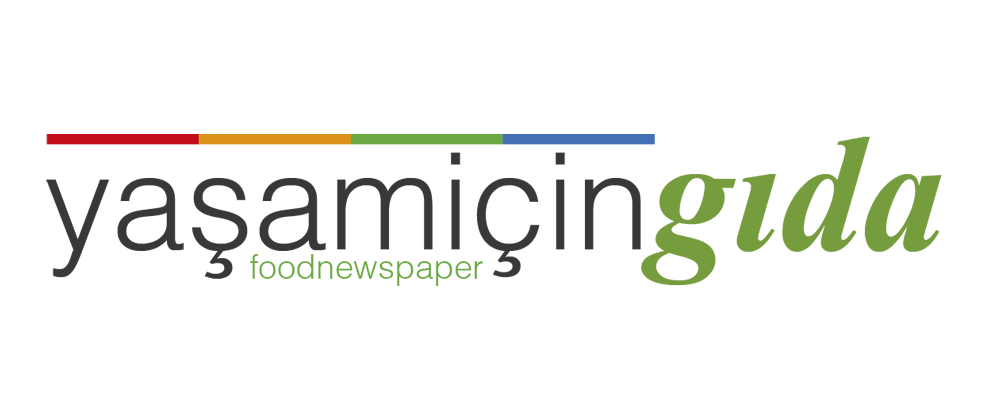
World’s largest food and beverage company accelerates sodium reduction efforts as it calls on the U.S. FDA to issue new voluntary targets.
As the U.S. Food and Drug Administration considers issuing voluntary guidelines on sodium levels in packaged food, Nestlé S.A. has taken another significant step in the company’s journey to support public health priorities. Nestlé announced further sodium reduction efforts and reaffirmed its commitment to help people around the world reduce their dietary intake. Specifically:
- Nestlé is committed to helping people consume no more than 2,000 milligrams of sodium per day, as recommended by the World Health Organization (WHO) – a target that is lower than the current U.S. Dietary Guidelines recommendation of 2,300 milligrams per day.
- As part of its continuous improvement efforts, Nestlé will increase the number of foods and beverages across its global portfolio that could reasonably fit into a dietary pattern that contains less than 2,000 milligrams of sodium per day (currently 43 percent of Nestlé’s foods meet this target).
- Nestlé supports the U.S. Food and Drug Administration’s efforts to release draft voluntary sodium reduction targets.

According to Paul Grimwood, Chairman and CEO, Nestlé USA, “Our food and beverages provide nutrition to people in 189 countries, and with this scale we have a powerful platform to contribute to better global health outcomes, including for heart health. We are committed to constantly improving the nutritional profile of our products, but we also recognize that effective solutions to public health challenges require broad, multi-stakeholder efforts. This is why we encourage our industry colleagues, along with others in both the private and public sector, to join forces and combine our varied expertise to help people move toward healthier eating patterns, including a diet lower in sodium.”
Nestlé is diligently implementing its sodium reduction efforts in accordance with the Nestlé Nutrition Profiling System and the Nestlé Nutritional Foundation criteria (NF)[1] to ensure the renovated foods and beverages deliver a stronger nutritional profile without compromising taste or food safety. Recipes are tested with consumer panels and at least 60 out of 100 of these people must prefer the Nestlé products over those of our competitors to ensure acceptance. Between 2005 and 2012, the company reduced sodium by 5,950 tons or 22.7% in its food portfolio. Since 2013, Nestlé has further reduced sodium content by 970 tons compared to 2012 levels, or 8% towards our objective of a 10% reduction by the end of 2016.
 In the U.S., where Nestlé products are found in 97% of households, progress to-date in sodium reduction includes:
In the U.S., where Nestlé products are found in 97% of households, progress to-date in sodium reduction includes:
- Reducing sodium by an average of 10 percent compared to 2013 levels in 250 products across the entire portfolio of six Nestlé pizza and snack brands — DIGIORNO®, TOMBSTONE®, CALIFORNIA PIZZA KITCHEN®, JACK’S®, HOT POCKETS® and LEAN POCKETS®.
- The LEAN CUISINE® brand has evolved over the 35 years since its launch from a line of 10 dishes with an average of 1,000 mg of sodium per serving to more than 100 recipes with an average of 600 mg sodium each (25% Daily Value). Today, 99 percent of Lean Cuisine entrees can reasonably fit into a dietary pattern that contains less than 2,000 milligrams of sodium per day.
- In 2011, Nestlé reduced sodium levels in its Gerber Lil’ Entrees line by as much as 30%, and has continued to reduce sodium in its toddler meals through reformulating another 13 recipes. By 2014, 100% of Gerber’s infant and toddler meals and drinks met the sodium guidance established by CODEX Alimentarius, a set of internally recognized food standards[2].
In line with its commitment to Good Food, Good Life®, Nestlé aims to lead industry efforts to help ensure people have access to the foods, beverages and information they need to make choices consistent with the latest sodium recommendations and other dietary guidance, such as the FDA’s draft sodium reduction targets. This includes Nestlé Portion Guidance™, a voluntary initiative designed to bridge international dietary recommendations (e.g. in the form of food guides) and nutrition labelling regulations.

